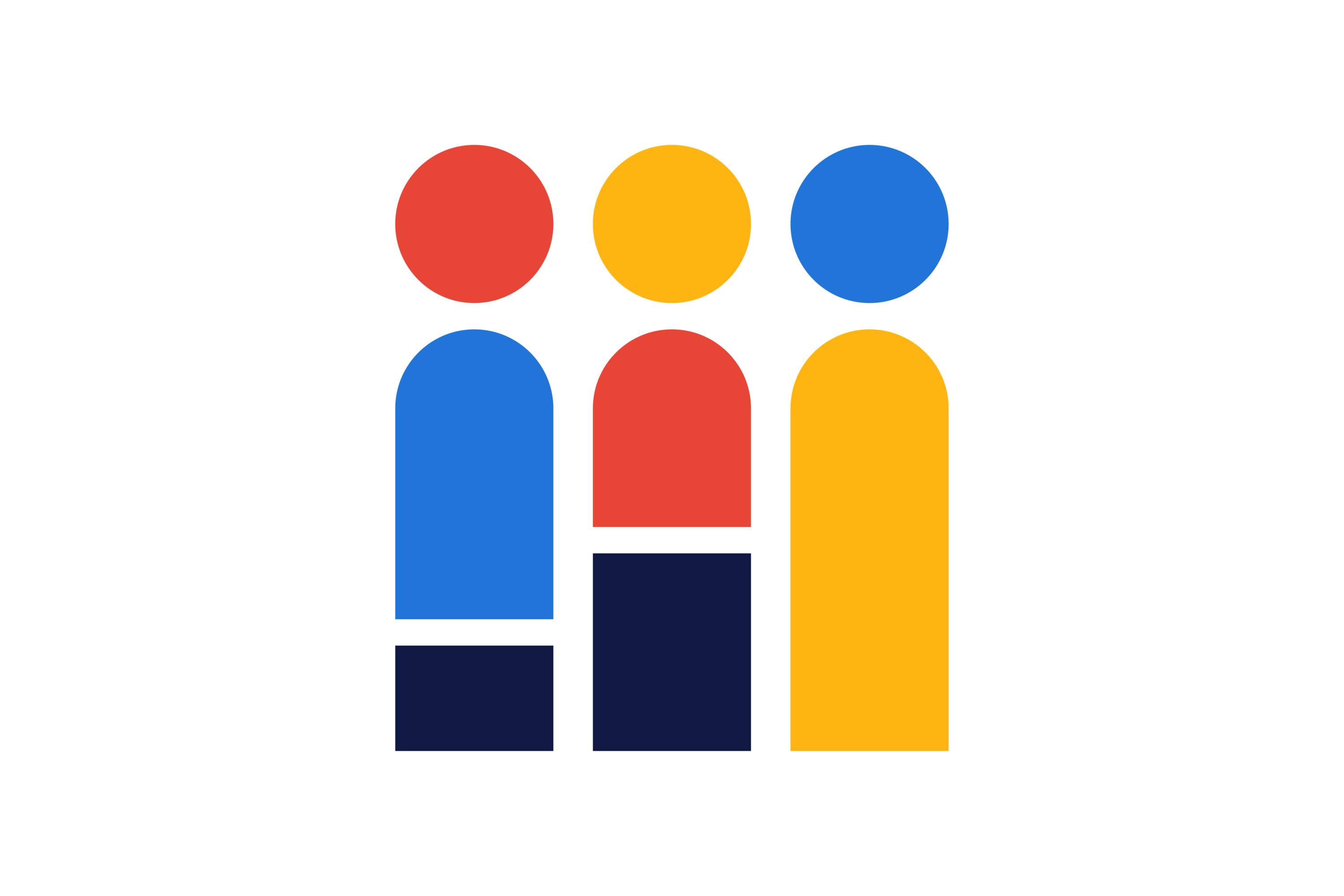Recent times have driven health and wellness, and diversity and inclusion (D&I), to become core pillars of the business world. The more we can actively participate in building inclusive and diverse organisations, the stronger our businesses and the workforce will be.
It’s also clear that this is an ongoing effort, especially in the technology industry. Research from NZTech shows that only 39% of technology students are female, 14% Māori, and 9% Pasifika - and this flows into the workforce where only 27% of technology employees are women, 4% Māori, and 2.8% Pasifika.
D&I is also something that potential employees are seeking from their employer. Randstad’s 2022 Employer Brand Research found that 43% of respondents cited diversity and inclusion as the most important criteria when choosing an employer. This was highest amongst 25-34 and 55-64 year olds at 45%, followed by 35-54 year olds 44% and finally 18-24 year olds at 38%.
Amid an increase in job switching behaviour, it becomes more important to cater to employees' wants and needs. As highlighted by Randstad, 24% of employees in New Zealand switched employers in the last half of 2021, which is far higher than a year before (13%).
Showcasing D&I initiatives in action, the team at Spark have been working hard for many years now, with many learnings along the way.

We wanted to capture the hearts of our people and all of the behaviours that were going to drive us towards our people feeling that they connected and belonged, and that their voices were valued in their workplace.
building a framework, building a movement.
When it comes to health and wellness, Spark’s Mahi Tahi Wellbeing Framework includes four key pillars of energy, environment, connection and community, and mind health. It champions the most crucial areas where our teams and leaders may need support and provides opportunities to enhance their working experience.
Another core area of focus for Spark is D&I. Its journey in this space began many years ago, with 2017 marking a turning point. This was the year Spark ran organisation-wide research that revealed hard truths about its people’s experience of Spark’s culture daily. The research revealed that some people, predominantly women, didn’t feel the current culture was supportive to their whole and best self.
Heather says, “Over time, within our ambitions, we’d already increased gender and ethnic participation and representation, but when we stepped back and looked at all of the data, we realised we had bigger ambitions. We needed to embed our D&I actions and initiatives from the C-suite and general leadership squad through to individual leadership members if we were to actively participate in changing the conversation.”
She continues, “For us that includes working with different partners and groups to amplify inclusion - whether that’s Māori or Pacific representation or leadership. It’s also about shifting how we think and talk about recruitment, for instance, instead of asking ‘Will they fit with our culture?’ we ask ‘Will they want to and can they contribute to our culture?’ It’s about cultural contribution as opposed to cultural fit. This is when we begin to embark on a co-creation of different initiatives and spaces.”
As a result of these learnings, Spark began to discuss D&I more openly within the workplace. Eventually, this led to the creation of the Blue Heart programme. Blue Heart is focused on celebrating its people’s differences and encouraging everyone to bring their whole self to work. When Blue Heart was launched, thousands of Spark’s people made a Blue Heart Pledge, representing their personal commitment to D&I, and today, four years later, it continues to invite new starters to do the same.
using data to maximise returns.
Today, everything Spark does for its people is supported by data. Capturing data and understanding people is how Spark is able to create authentic solutions that genuinely improve representation.
With the data gathered, Spark is continuing to build and evolve its real-time dashboards to ensure its business leaders have the right information at their fingertips. This can include specifics such as the impact of their starters and leavers gender mix on their D&I targets, the impact of annual salary decisions on their area’s median gender pay gap, and their team’s ethnicity composition.
To boost people data captured, in November 2021, Spark launched an internal campaign called ‘Whole Hearted’, which encourages people to share their personal data, by clearly explaining how it will help improve D&I, and providing full transparency on how the data would be used.
One of Spark’s strategic ambitions was to increase the percentage of Spark people sharing their ethnicity data from only 19% at the start of ‘Whole-Hearted’ to more than 50% by FY23. The team were proud to reach this target by the end of June 2022 and have now lifted this ambition to reach 80% by June 2023.
Heather says, “A lot of data modelling goes into surfacing insights to our leaders. We drill down into overall goals and how our leaders fit into that to optimise our efforts. Of course, data goes along with having a growth mindset and engaging in continuous learning. This means always improving our knowledge base and how we work.”
Spark measures the impact of its D&I programmes using real-time culture measurement tool Joyous. It asks people if they are comfortable bringing their full self to work every quarter, and results are currently sitting at +84 eNPS.

spark d&i initiatives in action.
Spark works across the technology sector to help build a New Zealand-wide pipeline of female and ethnically diverse technology qualified people. It does this through Women in Technology scholarships, and by working alongside credible partner organisations such as GirlBoss NZ, Diversity Works, Champions for Change, Global Women, and the Sustainable Business Council.
A cornerstone of its D&I approach is ‘Te Korowai Tupu’, its Māori strategy, which continues to be woven into the business. Through this strategy, it offers Te Tiriti o Waitangi and te reo Māori language courses to its people to enrich their understanding and engagement with Māori language and culture. It’s also established partnerships with community organisations focused on building digital skills and career pathways for Māori and Pasifika communities, such as Pūhoro, a Māori digital skills training programme, and P-Tech, a programme that works to fund a pipeline of tech talent from secondary school onwards.
Through its Blue Heart programme, Spark continues to bring its people together to celebrate diversity. Heather explains, “We provide funding for our people to celebrate and share their own culture, with events organised by our people, for our people. These include Chinese New Year; Eid al-Fitr; Samoan, Chinese, Cook Island and NZ Sign language weeks; Diwali; Matariki; ANZAC Day; and International Women’s Day.”
Heather continues, “One thing we do well, from a D&I point of view, is once we figure out exactly how to value different styles and approaches, it’s a fantastic learning experience. This is our superpower, and right now we’re focused on capitalising more on that superpower."
the answers lie in the outcomes.
Spark’s D&I efforts are a journey, evolving in line with its business and people. Over time it has produced notable and measurable outcomes, while also identifying areas that need further work. Within its Board, Leadership Squad, and Wider Leadership Group, Spark has achieved a 40:40:20 representation target. Over the last financial year, the proportion of women in its Wider Leadership Group increased from 42% to 47%.
The Board is 50% female and 50% male, with four female directors, including its CEO, and four male directors. Its Leadership Squad has a gender ratio of 60% female and 40% male.
Overall, across Spark group female representation is 34%, so the organisation knows it still has some way to go. Within the core Spark business, the figure is 36%, while in its wholly-owned subsidiaries, representation is currently significantly lower at 23%.
Its median gender pay gap, which represents the difference between the median pay of its female and male employees as a percentage of male pay, has reduced from its starting point of 28% at the outset of our strategy to 24% at the end of June 2022. The difference in average pay has also decreased over the last year from 16% to 13%.
looking ahead to a brighter future with D&I at the centre.
As Spark moves forward on its D&I journey, it continues to turn to its people. Spark’s ALL-IN event, held on 26 July 2022, was the biggest brainstorm in the history of the company. Thousands of Spark people across the country came together to listen to presentations from the CEO, Spark Foundation Lead, Skinny Jump Lead, and six inspiring rangatahi who have experienced digital equity challenges and are working on ways to change it.
Heather explains, “Following ALL-IN, our people then took part in a design thinking process to create solutions, both big and small, that can make a real difference to digital equity. The event helped to raise awareness of how critical inclusion is to building a more equitable digital economy in our country, and we are currently in the process of assessing the 1,000 ideas generated on the day to inform our sustainability approach in the year ahead.”
One thing is for sure, over the last few years diversity, equity, and inclusion have become a core business priority for Spark, and this will continue now and into the ever-brighter future.






